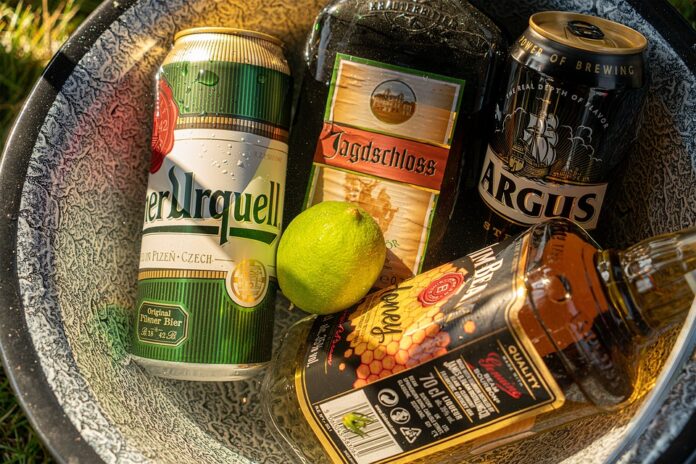The Role of Slow Cooking and Traditional Tahona Processes in Tequila Flavor
Tequila, a beloved spirit made from the blue agave plant, has gained popularity worldwide for its unique taste and versatility. One of the key factors that contribute to the distinct flavor profile of tequila is the traditional production methods used by distilleries in Mexico. In this report, we will explore the role of slow cooking and the traditional tahona process in shaping the flavor of tequila, and how these methods set certain brands apart in the competitive market.
Slow Cooking: A Fundamental Step in Tequila Production
Slow cooking, also known as masonry oven baking, is a crucial step in the production of tequila. This process involves roasting the agave piñas (hearts) in large ovens made of volcanic rock or brick for an extended period. The slow cooking allows the natural sugars in the agave to caramelize, resulting in a rich and complex flavor profile in the final product.
One of the most renowned tequila brands that employs slow cooking in its production is Patrón. The brand’s artisanal approach to tequila making includes using traditional brick ovens to slowly roast the agave piñas. This meticulous process is said to enhance the flavor of the agave and give Patrón tequila its signature smoothness and depth.
The Tahona Process: A Traditional Method for Extracting Agave Juice
Another traditional method used in tequila production is the tahona process. This ancient technique involves crushing the cooked agave piñas using a large stone wheel called a tahona. The tahona crushes the agave fibers, extracting the sweet juice that will be fermented and distilled to make tequila.
One of the most famous tequila brands that still uses the tahona process is Casa Herradura. The brand’s commitment to preserving traditional methods sets it apart in the industry, as many distilleries have switched to more modern and efficient methods. Casa Herradura believes that the tahona process imparts a unique flavor and texture to their tequila, making it stand out among competitors.
Industry Insights and Financial Data
The tequila industry has seen significant growth in recent years, with global demand for premium and ultra-premium tequilas on the rise. According to industry reports, the global tequila market is projected to reach a value of over $5 billion by 2025, driven by increasing consumer interest in high-quality spirits.
Major players in the tequila market, such as Jose Cuervo, Don Julio, and Sauza, have continued to innovate and expand their product offerings to cater to changing consumer preferences. These brands invest heavily in traditional production methods, such as slow cooking and the tahona process, to differentiate themselves in a crowded market and attract discerning consumers.
Conclusion
In conclusion, the role of slow cooking and traditional tahona processes in tequila production cannot be understated. These methods not only contribute to the unique flavor profiles of tequila brands but also serve as a testament to the rich heritage and craftsmanship of Mexican distilleries. As consumer demand for high-quality tequila continues to grow, distilleries that uphold traditional production methods are well-positioned to thrive in the competitive market.
Overall, the combination of slow cooking, the tahona process, and a commitment to quality and tradition sets certain tequila brands apart and allows them to command a premium in the market. By leveraging these time-honored techniques, distilleries can create tequilas that stand out for their complexity, depth, and authenticity, appealing to a new generation of spirits enthusiasts worldwide.




